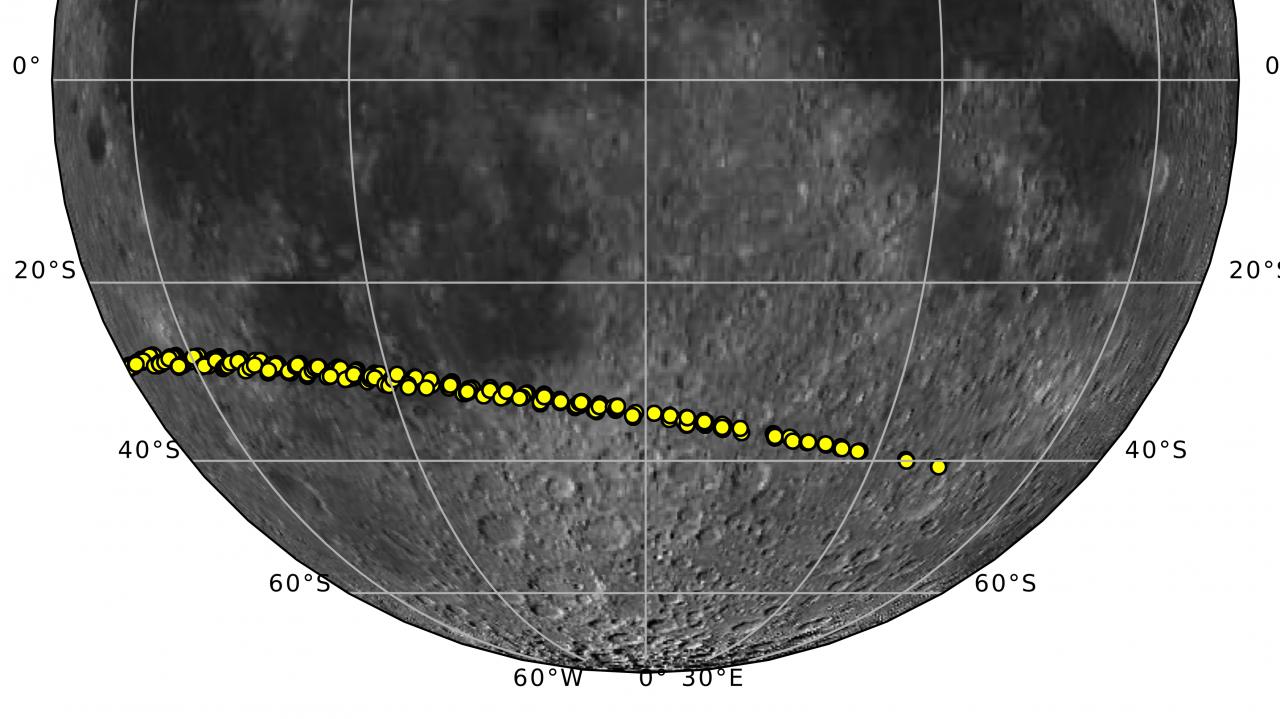
Moondust meteor storm
How did your country report this? Share your view in the comments.
Diverging Reports Breakdown
Moondust meteor storm
Astronomers have been closely monitoring asteroid 2024 YR4 since its discovery in late December 2024. Early calculations showed the 747-sized space rock could pass dangerously close to Earth in December 2032. In May 2025, new data from the James Webb Space Telescope helped refine the potential impact zone from Earth to the Moon. Simulations suggest this would carve out a kilometer wide crater and eject up to 100,000 metric tons of lunar debris into space.
Astronomers have been closely monitoring asteroid 2024 YR4 since its discovery in late December 2024. Early calculations showed the 747-sized space rock could pass dangerously close to Earth in December 2032.
The more we observe Near-Earth Objects like YR4, the more precisely we can track their paths—and assess any potential threats they may pose.
In May 2025, new data from the James Webb Space Telescope helped refine YR4’s trajectory, shifting the potential impact zone from Earth to the Moon. According to The Potential Danger to Satellites due to Ejecta from a 2032 Lunar Impact by Asteroid 2024 YR4, a lunar strike in 2032 could generate hundreds of slow-moving, meteors.
The current impact corridor for 2024 YR4 (yellow) projected on a map of the Moon’s near side from Lunar Reconnaissance Orbiter (E. J. Speyerer et al. 2011).
The team calculated that, in the unlikely event the asteroid were to strike the Moon, the impact would likely occur on the near side—facing Earth. Simulations suggest this would carve out a kilometer wide crater and eject up to 100,000 metric tons of lunar debris into space.
In the days that follow, about 10% of that dust could reach Earth, generating a new meteor shower—potentially a meteor storm with hundreds of tiny meteors visible each hour.
This incoming lunar dust would travel more slowly and persist longer in the atmosphere than typical meteor shower particles. However, because the fragments would be smaller than those in most meteor showers, the resulting meteors would likely appear dimmer.
Chances of impact are low, about 4% but have increased based on observations of YR4 from the James Webb Space Telescope (JWST) on May 2025. Bit astronomers will continue to make more observations improving predictions in the coming years.
Source: https://www.wral.com/story/moondust-meteor-storm/22100605/
